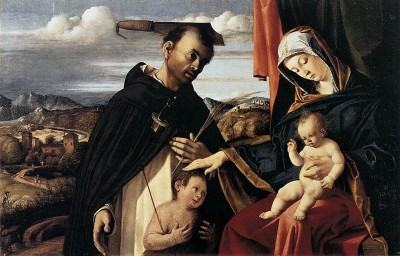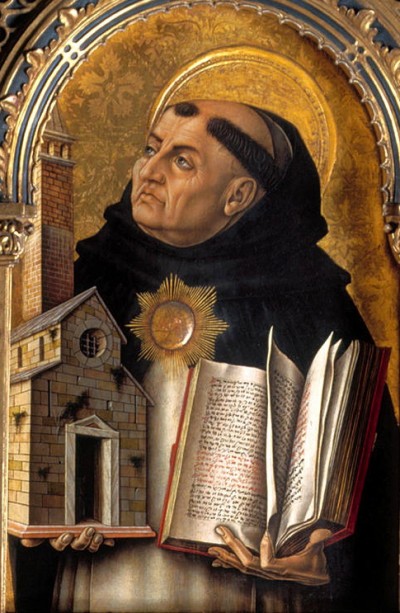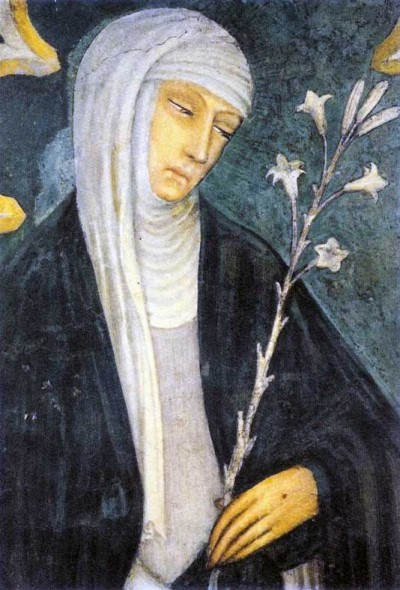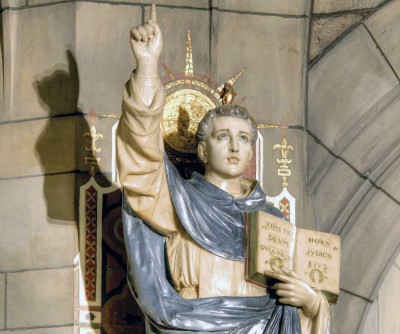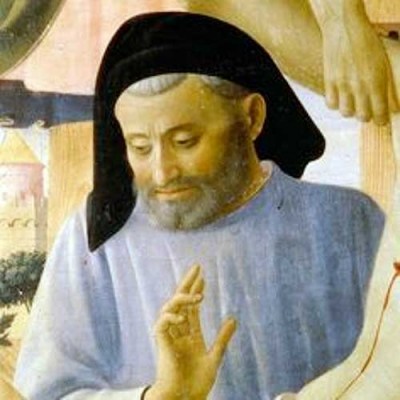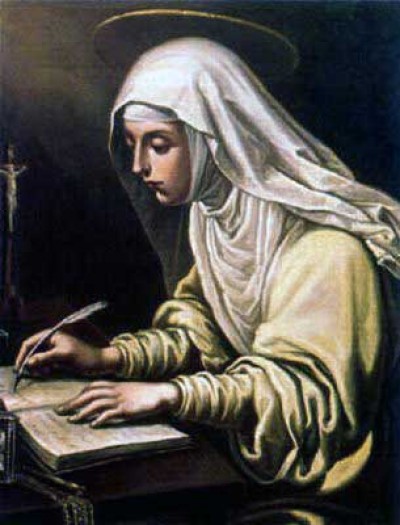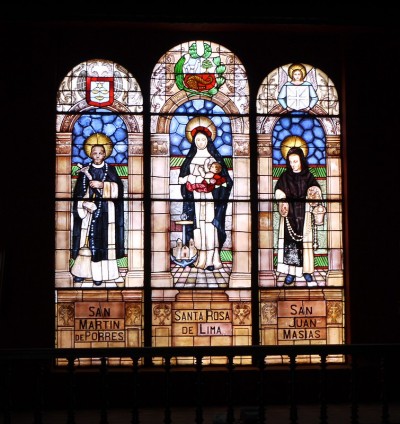Dominican Saints
Throughout our 800-year history, many Dominicans have become saints. They reveal the variety of paths to holiness available through life in the Order and reflect the multifaceted aspects of Dominican spirituality. In addition to St. Dominic and St. Albert the Great (who have their own pages on this site), we recommend learning about these great Dominican saints:
St. Peter of Verona (St. Peter Martyr)
At the Last Supper, the Lord told his disciples, “if they persecuted me, they will persecute you too” (Jn 15:20). The preacher’s proclamation of the Gospel will not be universally accepted and will sometimes even meet with forceful opposition. St. Peter Martyr (1206–1262), martyred for the faith, symbolizes for the Dominican Order that those who wish to share in Christ’s preaching mission—and the glory of the Resurrection—must also be willing to share in his death.
Resource:
St. Thomas Aquinas
St. Thomas Aquinas (1225—1274) is perhaps the greatest theologian the Church has ever known. He not only embodies the Dominican ideal of zealous devotion to study, but by his commitment to teaching and writing, he also generously sought to employ that learning for the good of his neighbors. His works have continued to guide and illuminate succeeding generations of Christians for nearly 750 years, and he is known, among other titles, as the "Universal Doctor."
Resources:
St. Catherine of Siena
St. Catherine of Siena (1347–1380) knew that a true love for Christ crucified was inseparable from a love for the Church, his Mystical Body. Impelled by zeal for the glory of God, Catherine fervently prayed and labored for reform that would enable the Church to fulfill her mission for the salvation of souls more effectively.
Resources:
- Website: Drawn By Love
- Book: Thomas McDermott, Catherine of Siena: Spiritual Development in Her Life and Teaching
- Book: Thomas McDermott, Catherine of Siena: Essays on Her Life and Thought
- Book: Mary O'Driscoll, Passion for Truth, Compassion for Humanity
St. Vincent Ferrer
When Christ began his proclamation of God’s Kingdom, he did so with a summons to repentance. St. Vincent Ferrer (1350–1419) was endowed by the Holy Spirit with a deep sense of the urgency of that summons, and his itinerant preaching of repentance all throughout Europe resonated in the hearts of thousands upon thousands who were converted by his impassioned warnings of impending judgment. St. Vincent is an icon of the zeal that ought to characterize those whose missionary objective is the salvation of souls.
Resources:
Fra Angelico
The spiritual path whereby one seeks union with the Trinity by means of the evangelical counsels has been described as philokalia, or love of divine beauty. One friar who was particularly enamored of God’s beauty was Giovanni de Fiesole, also known as Fra Angelico (1395–1455). As an innovator in the early Renaissance, his frescoes are justly famous in the history of art. His angelic portrayals of the beauty of the mysteries of our redemption also serve to illustrate that the ministry of the Word can be variously expressed, according to the gifts each one has received.
Resources:
St. Catherine de Ricci
St. Catherine de Ricci (1522–1590), a great mystic, served seven terms as prioress at the convent of St. Vincent’s in Prato during the latter half of the 16th century. A paragon of integration, she was well-grounded in level-headed good sense and urged everyone around her to joyfulness of spirit. Throughout all this, she bore the stigmata for over 50 years and relived the passion of Christ on a weekly basis every Friday. She is a model of one who synthesizes ardent love of Christ crucified with the joy that comes from following the way of salvation.
Resource:
- From EWTN: St. Catherine de Ricci
St. Martin de Porres, St. Rose of Lima, St. Juan Macias
By virtue of the Holy Spirit’s artistry in distributing a variety of gifts, the Dominican Order is arrayed not only with intellectual giants like Albert and Thomas, but also with exemplars of simplicity and humble love of the poor. Saints such as Martin de Porres (1579–1639), Rose of Lima (1586–1617), and Juan Macias (1585–1645), all of whom lived in Lima, Peru in the late 16th/early 17th centuries, followed Dominic’s example of radically imitating the humility and charity of Christ. In their compassionate service to the poor and the sick, they reveal what holiness looks like through the "science of the saints."

